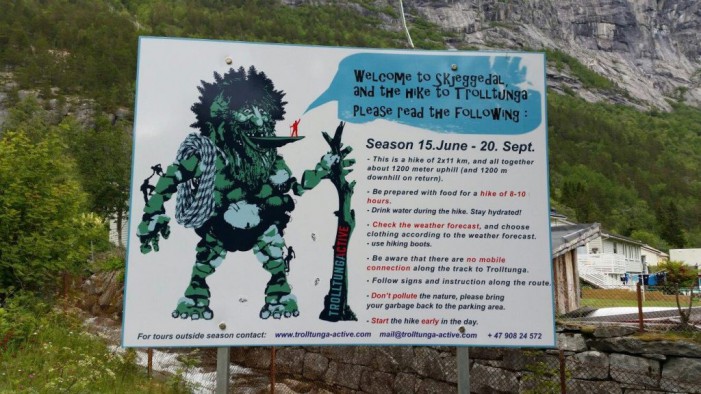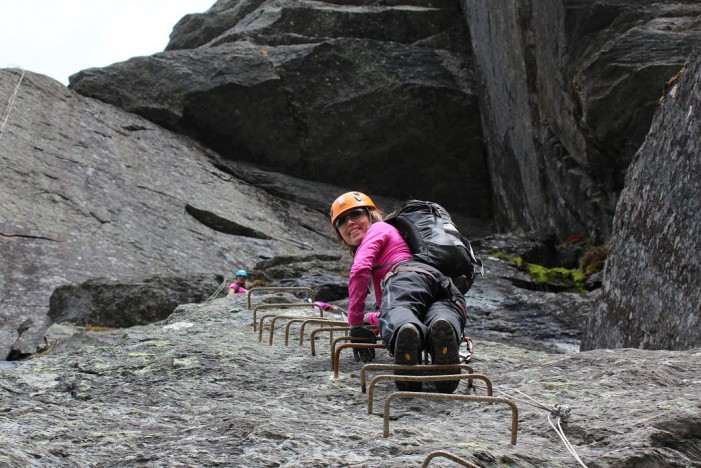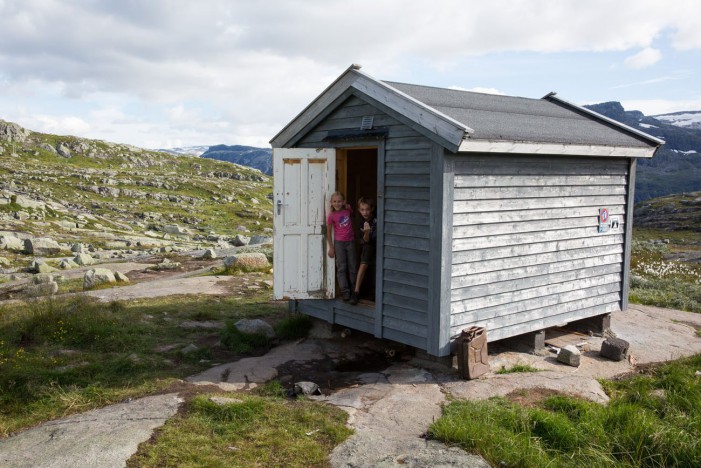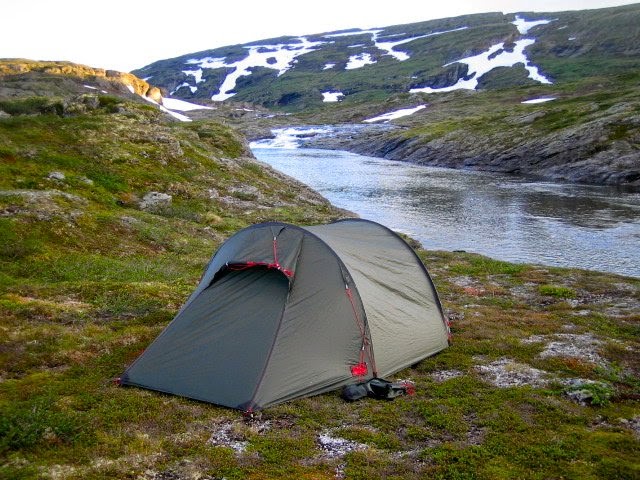Norway is famous not only for its cold climate but also for its many breathtaking natural scenes. Snow-covered mountain slopes, lakes with silvery water and smooth glaciers are the main respondents of this charm. A tourist usually visits Norway with the intention of experiencing cold and snowy places.
Trolltunga is unique compared to other tourist attractions in Norway because it is almost entirely made of rock. The name is attached to this place, which can be viewed from the side along a rock like a tongue extending forward, because of the nature of this rock. As you readers are more fond of travel related articles, we decided to bring you some valuable facts about Trolltunga travel.
What is this Trolltunga?

The Norwegian word Trolltunga means ‘giant’s tongue’. This is a rock and is located about 700 meters above the lake Ringdalsvatnet in Norway. The reason for its special location is a glacial erosion that took place about 10,000 years ago. Of course, still welcome to see the breathtaking glaciers on the mountain peaks on the way to Trolltunga.
The ride to visit Trolltunga is also a beautiful experience. It is difficult to complete the visit of this place in a single day by normal walking, and the later introduction of rail and cable car travel services made it possible for tourists to visit it in a single day. However, in the year 2010, this service was discontinued and tourists preferred to go on foot while watching the charm, and the cable car was more dangerous than walking.
Where is Trolltunga located?

The closest village to Trolltunga is the village of Odda in Norway. It is located at the southern end of the Safaviddin Sea Belt. This is an area that can be reached in a few hours from Oslo, the capital of Norway. The starting point for the walk to Trolltunga is called ‘Schegidal’.
Part of the walk to Trolltunga

The first kilometer of the road to Trolltunga, which is the furthest vehicular stop, consists almost entirely of a steep ascent of stone steps. There are places where there are rocks and for the convenience of tourists, a rope and supports made of stones have been installed at the necessary places. This first kilometer is one of the most difficult part of the journey and the fatigue of the journey is not felt due to the charm of the view and the healing of the environment.

The second leg of the walk, from the first kilometer to the second kilometer, does not encounter any steep climbs. This part shows the characteristics of a valley land and also shows the characteristics of swamps at some times of the year. Tourists can see some huts for resting and some streams with clean water in this section.
After the second kilometer there is a steep climb again. This section is a large rock face and has a risk of slipping and falling, so be careful. Be sure to enjoy this nature more especially during the snow melting season.
The third part of the journey finally becomes flat again and a small lake is found. After that there is a bassam. This part has a divine charm. After going a short distance, there is a rapid ascent again and very cold weather prevails in this area. Cabins have been built to be used if needed to cover from the extreme cold here. Warmers include blankets, food, and sleeping bags.
On the next leg of the walk, tourists are treated to a spectacular view of the Ringdalsvatnet lake for the first time. The crystal blue waters and the snow-capped Parivar mountains create an irresistible charm. However, it is important to be careful because the ground in this area is muddy. From here to the destination there are hardly any steep climbs and descents.
At the last part of the walk, tourists come across a large rock formation. At the end of it is a great gorge and if one looks down, the travelers realize that they are standing on a large jutting rock. This section is Trolltunga. Looking down from here, there is a breathtaking view of the Ringdalsvatnet lake and the surrounding area. It is the responsibility of travelers to exercise caution in all respects as strong winds often occur at high altitudes.
Travel time

The walk to and from Trolltunga currently takes about 11 hours. It usually takes 6 hours to ascend, 1 hour to stay and 4 hours to descend. Most people stay at cabins along the way and spend the night climbing the Trolltunga.
Camping at Trolltunga

As mentioned earlier in the article, the Trolltunga trek can be completed in one day, but most people take two or more days for it. Camping is especially popular among tourists visiting here. The foothills of Trolltunga or the mara leading to it



